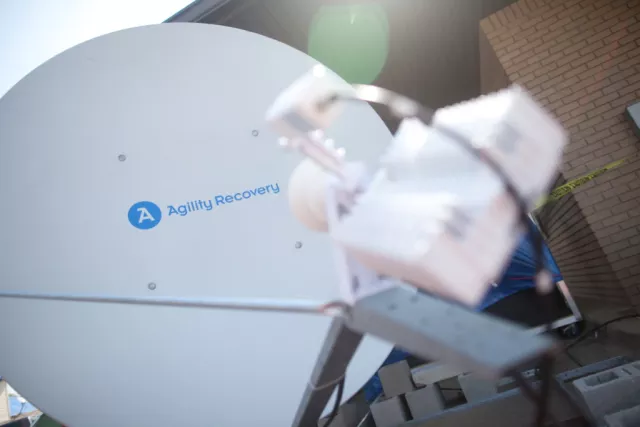Fire Hydrants & Business Continuity Plans: How Testing Can Put Out Potential Fires

The importance of testing your business continuity and disaster recovery (BCDR) plan has never been a dry subject for us at Agility. With a wildfire reason around the corner, we wanted to learn a little bit more about the value fire departments find in testing their hydrants, as well as how we can learn from their examples. Here are several similarities we found between testing fire hydrants and BCDR plans.
Compliance
The National Fire Protection Association (NFPA) sets a standard for the minimum water flow that hydrants must meet. Testing hydrants ahead of time not only ensures the codes are satisfied but also maintains quality. If hydrants aren’t regularly maintained, they can rust, causing parts to snap off.
If your business is subject to industry regulations like fire hydrants are, it’s important to test your BCDR plan regularly to ensure you’re meeting the compliance requirements. Otherwise, you expose yourself to potential regulatory violations, such as excessive downtime or rusty procedures, endangering you to security breaches.
Maintenance
Facilitating your business growth requires you to revise, modernize, and develop your current and future products and services, as well as the tools you use to deliver them.
Hydrants are a part of a huge underground network that provides water access to an entire community. Sometimes valves have to be temporarily closed to allow for maintenance, but due to the complexities of this network, water flow can be reduced without ever being fully cut off from users. Unfortunately, after the work is completed, these closed valves are sometimes forgotten about and not reopened. While this omission doesn’t affect the community on a day-to-day basis, the reduced water flow wouldn’t be sufficient to put out a fire when needed for an emergency.
Similar to hydrants, your BCDR plan needs to be updated and maintained to coincide with the progress of your company. Facilitating your business growth requires you to revise, modernize, and develop your current and future products and services, as well as the tools you use to deliver them. However, if you don’t consistently update and test your BCDR plan to ensure that it keeps up with the innovation of your business, your plan won’t offer the full flow of information you need to calm the fire, so to speak, when it comes.
Avoiding Neglect
One of the dangerous consequences of not regularly testing hydrants is that they become hidden, either by overgrown plants or by decorations placed by residents who find the sight of hydrants unpleasant. Unfortunately, when a crisis occurs, these obstructions can make it almost impossible for firefighters to find hydrants and carry out their jobs.
Just as residents don’t want to look at fire hydrants, many companies don’t like to dwell on BC/DR planning because it’s not always pleasant to think about. Instead, they focus on revenue, shareholders, or customer growth. A common issue that we’ve seen over the years is businesses that have a plan but don’t make it a priority to regularly test. This leaves the BC/DR plan to get buried under more gratifying things, such as profits.
We recommend taking the time to fully test your BC/DR plan at least once a year to help you work out any kinks before a disaster actually strikes. How often do you test your BC/DR plan?



